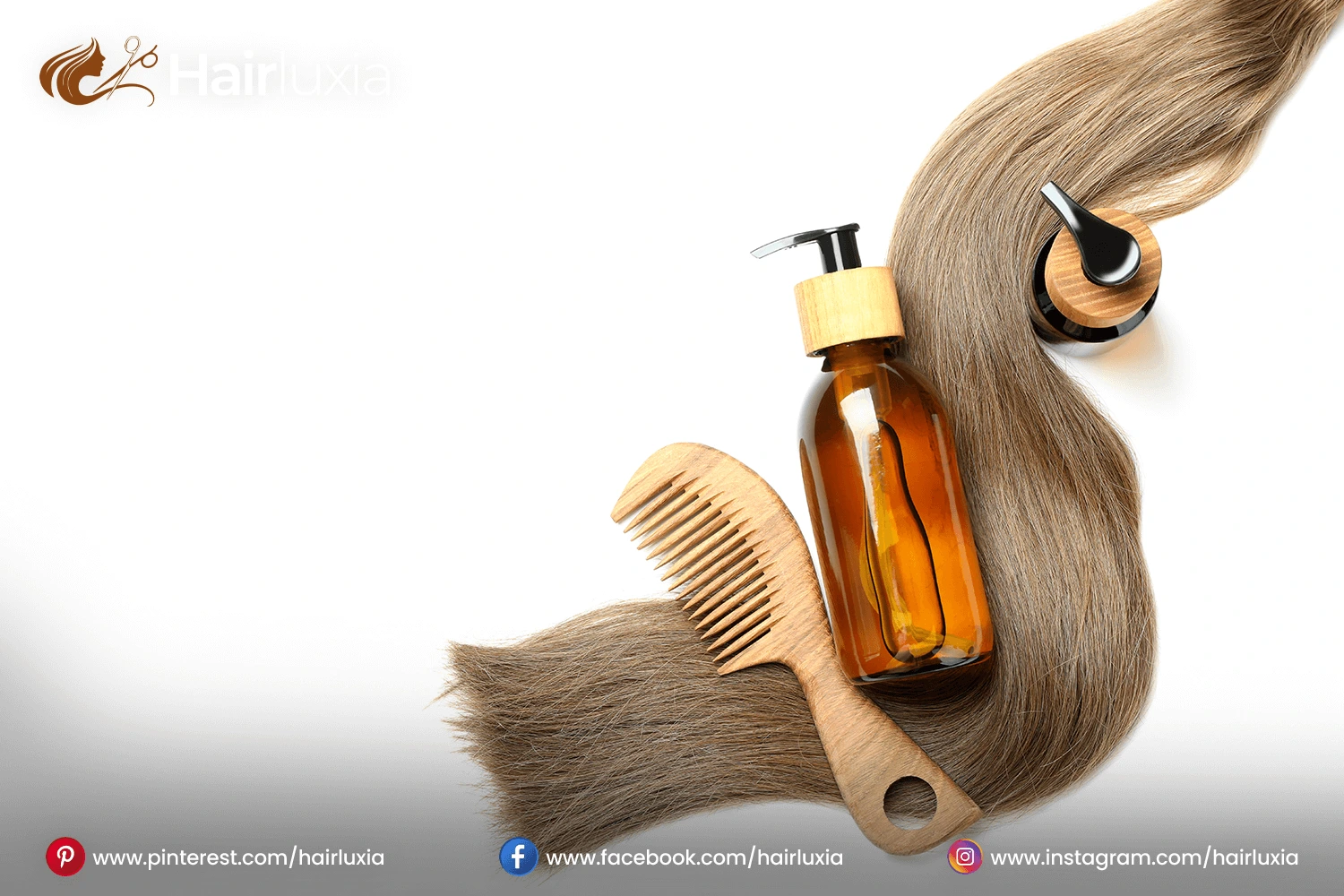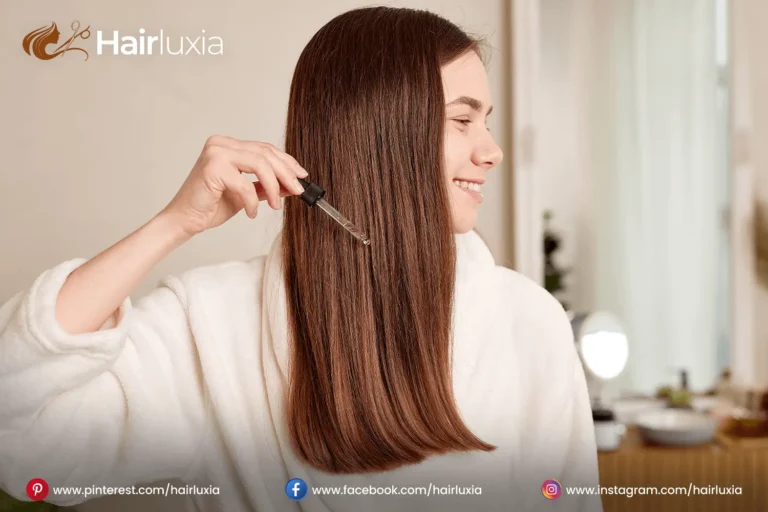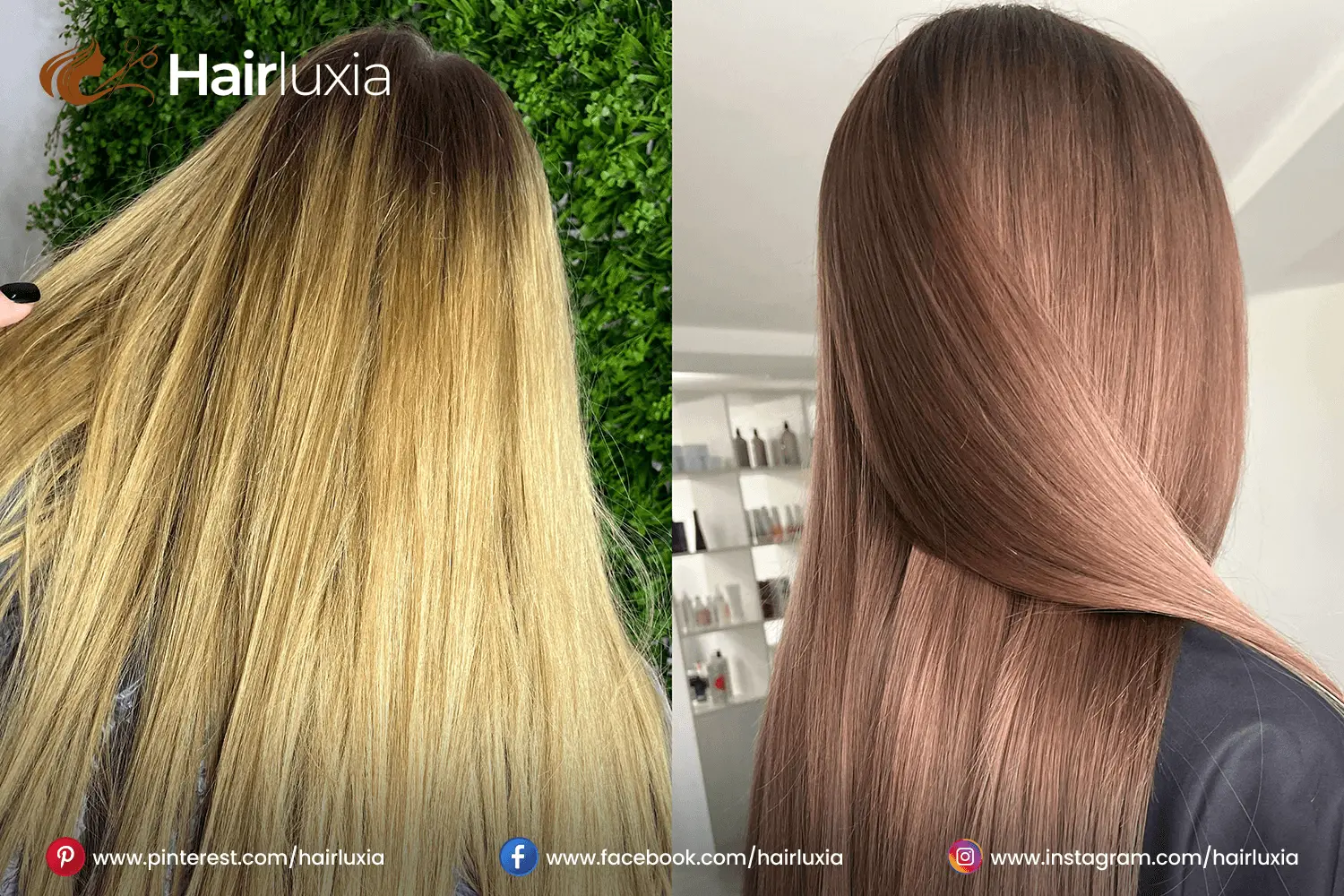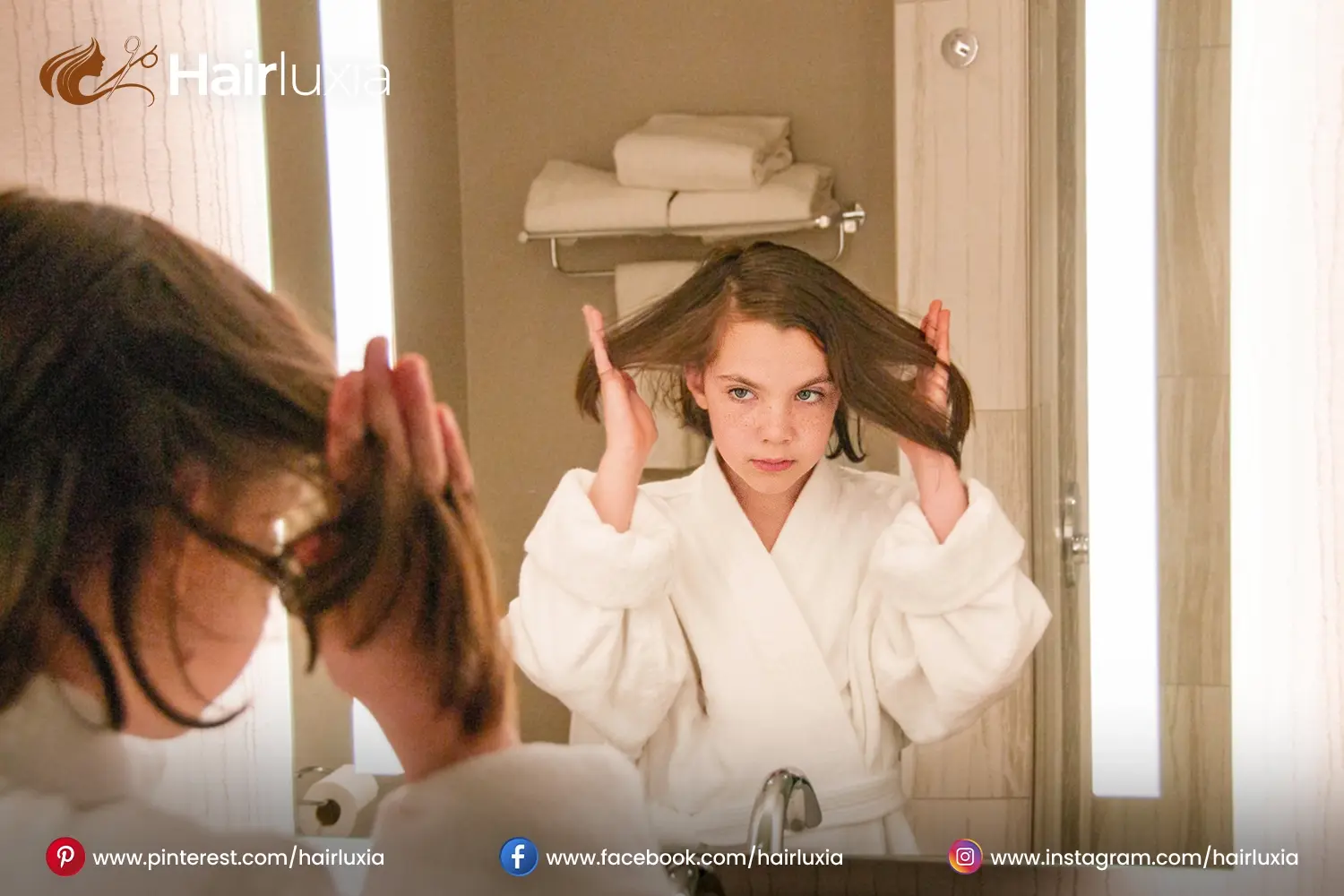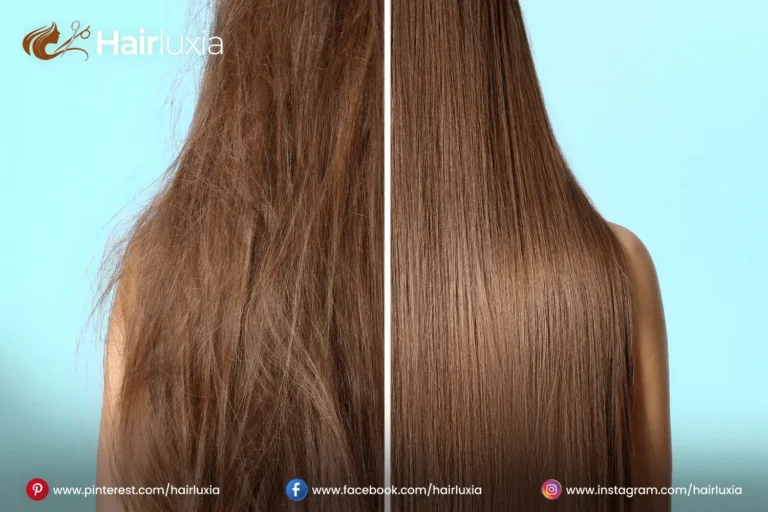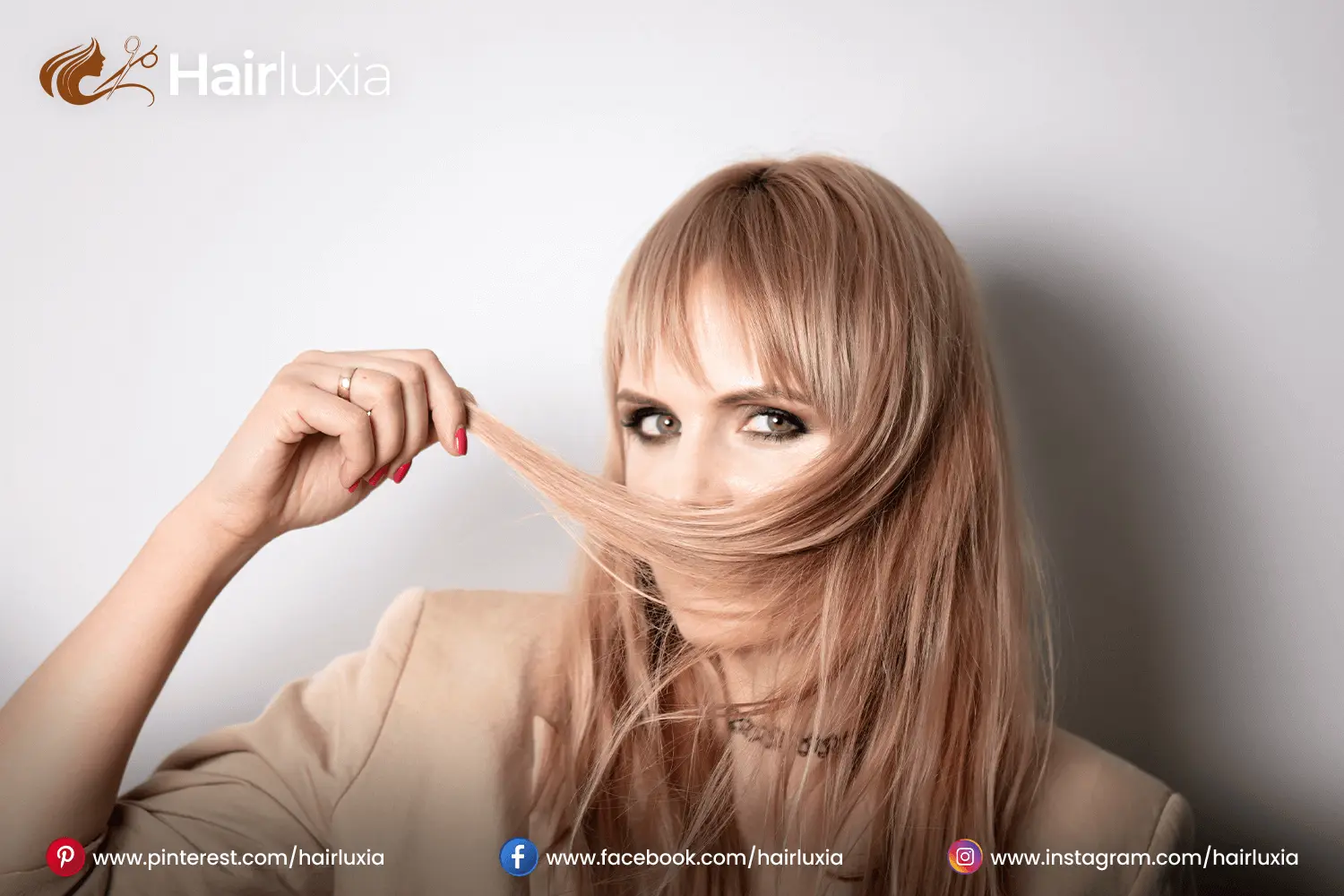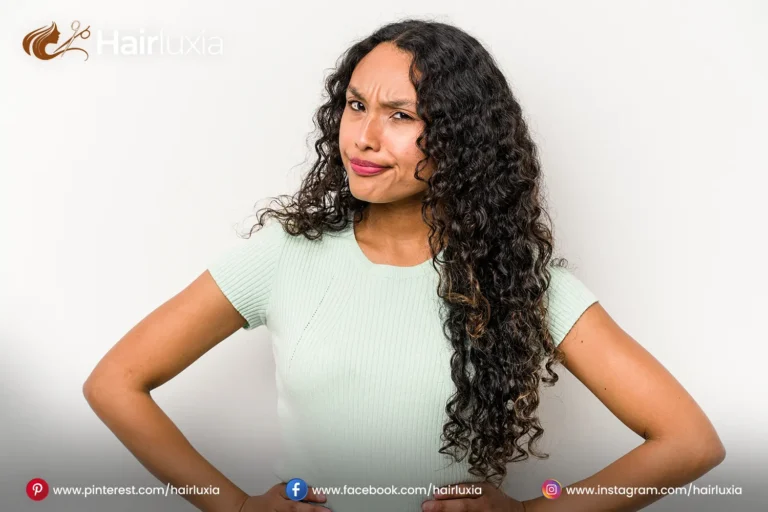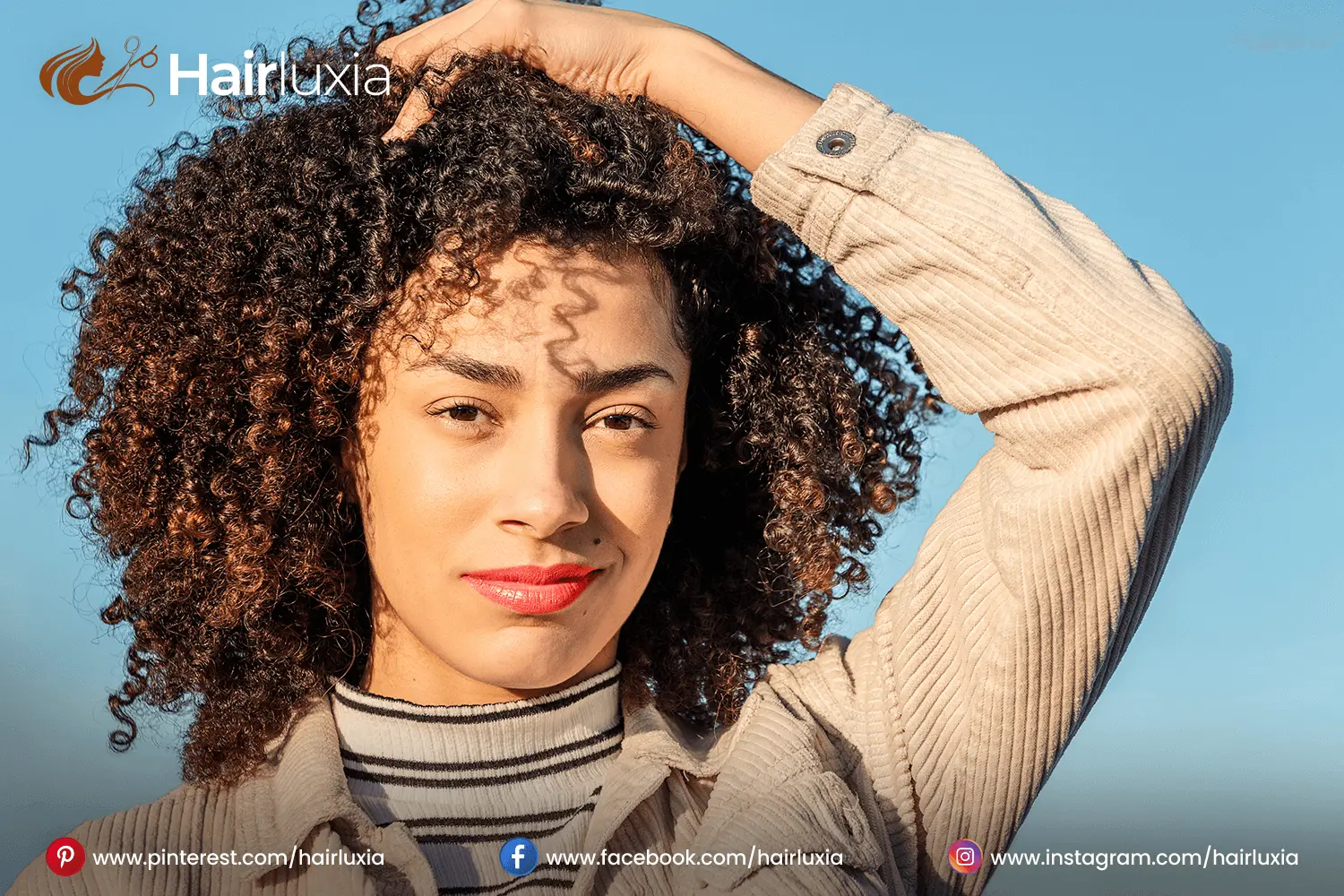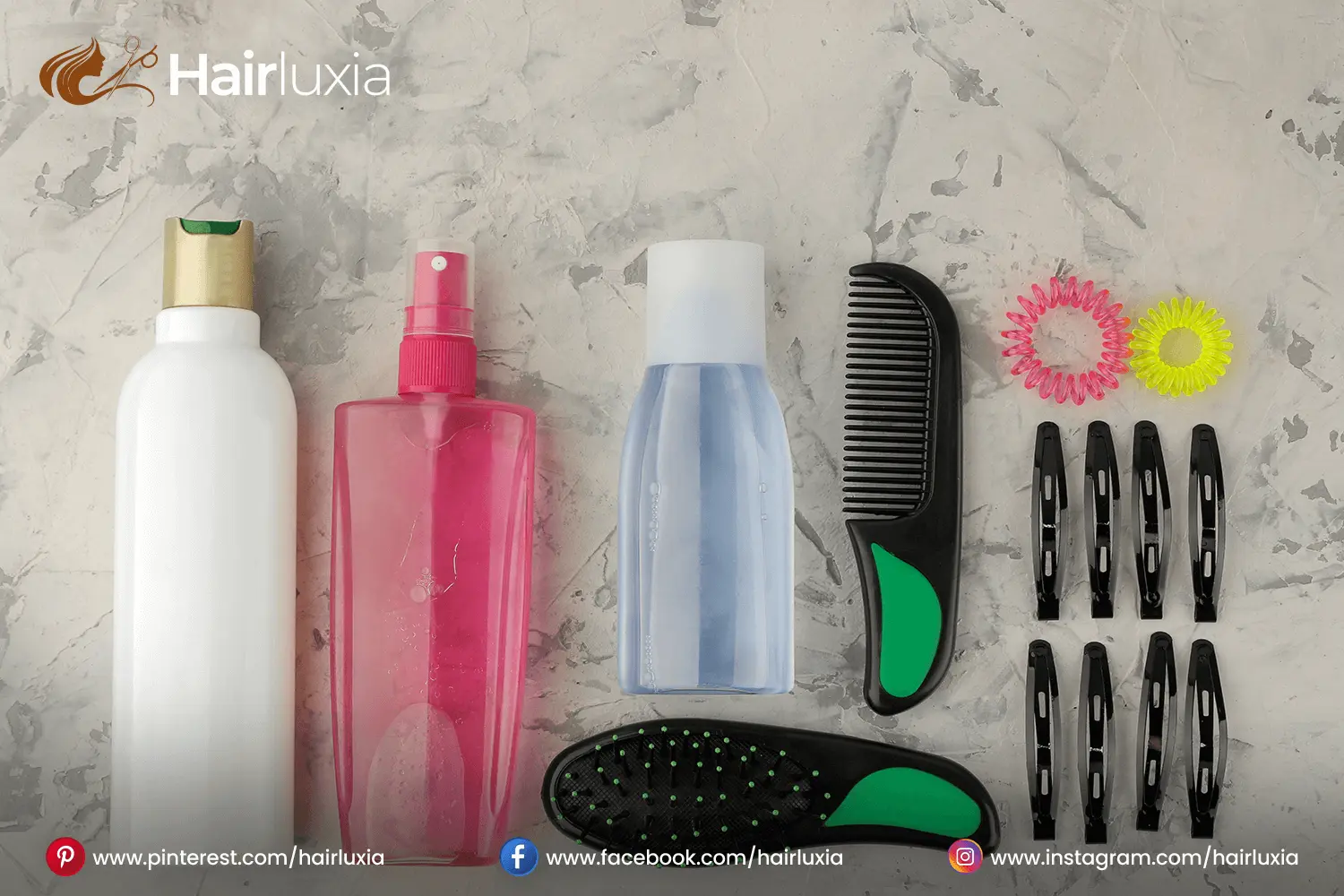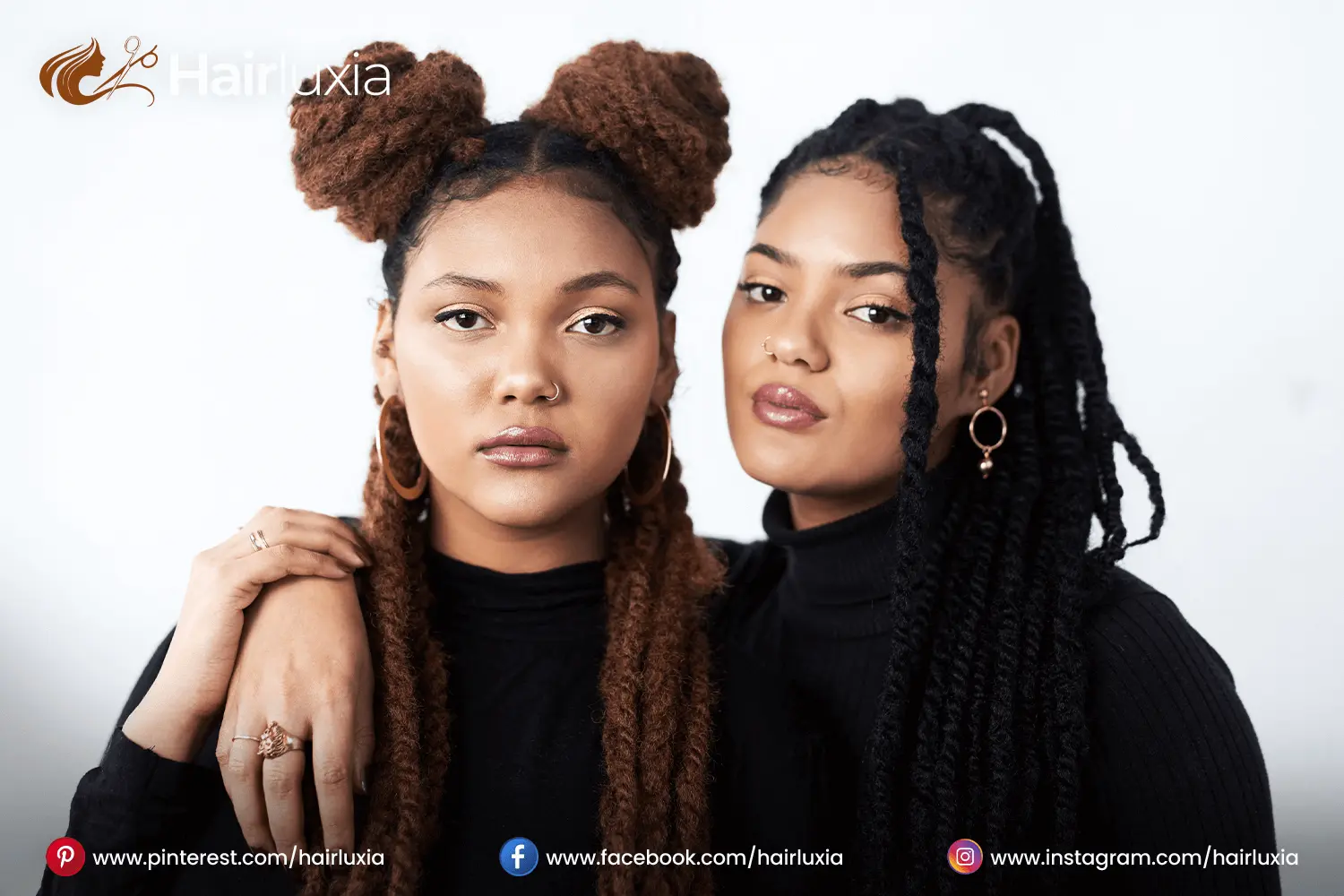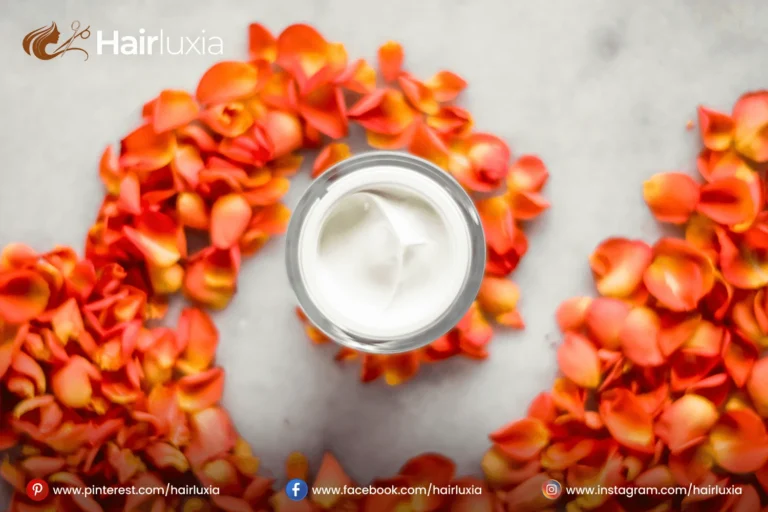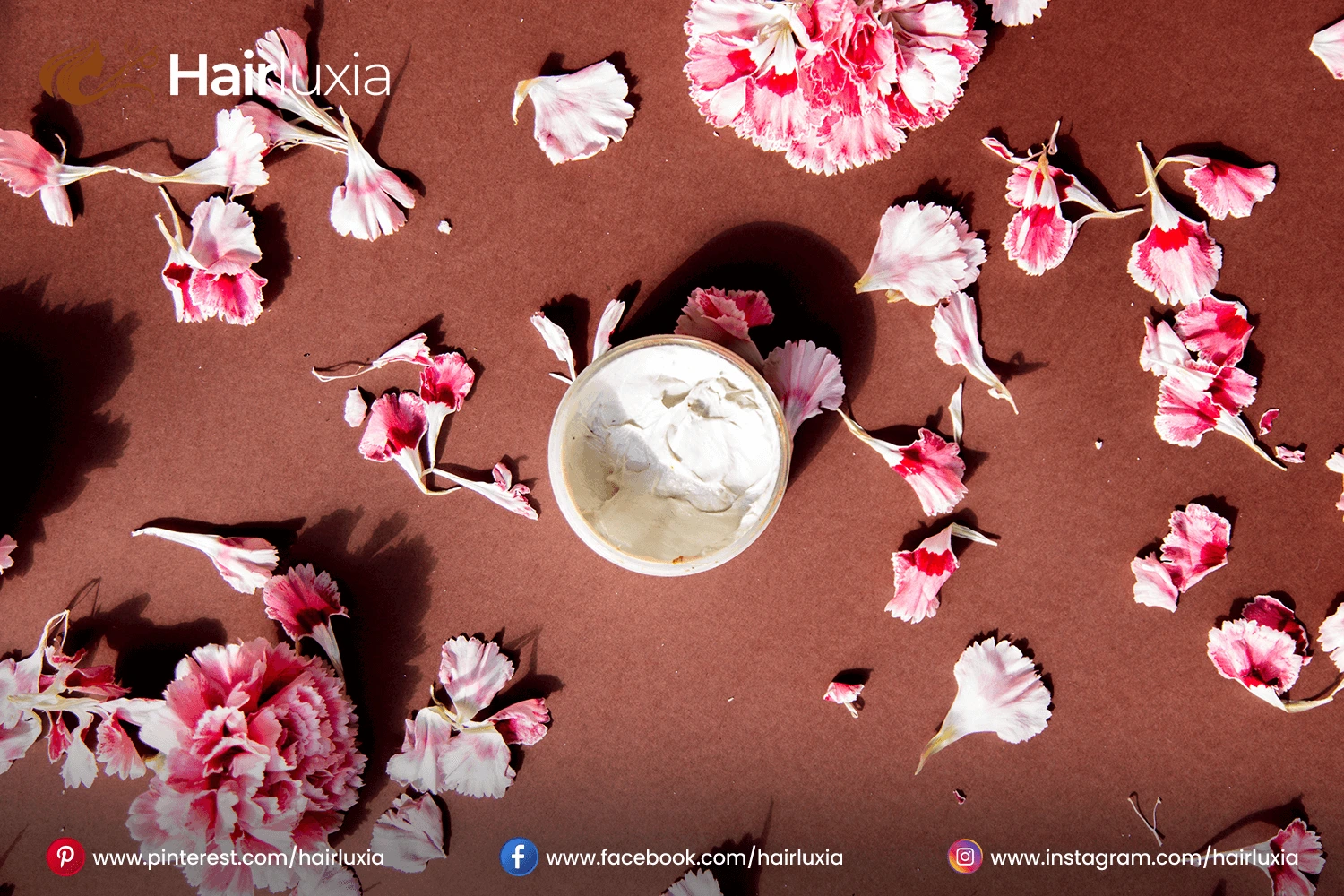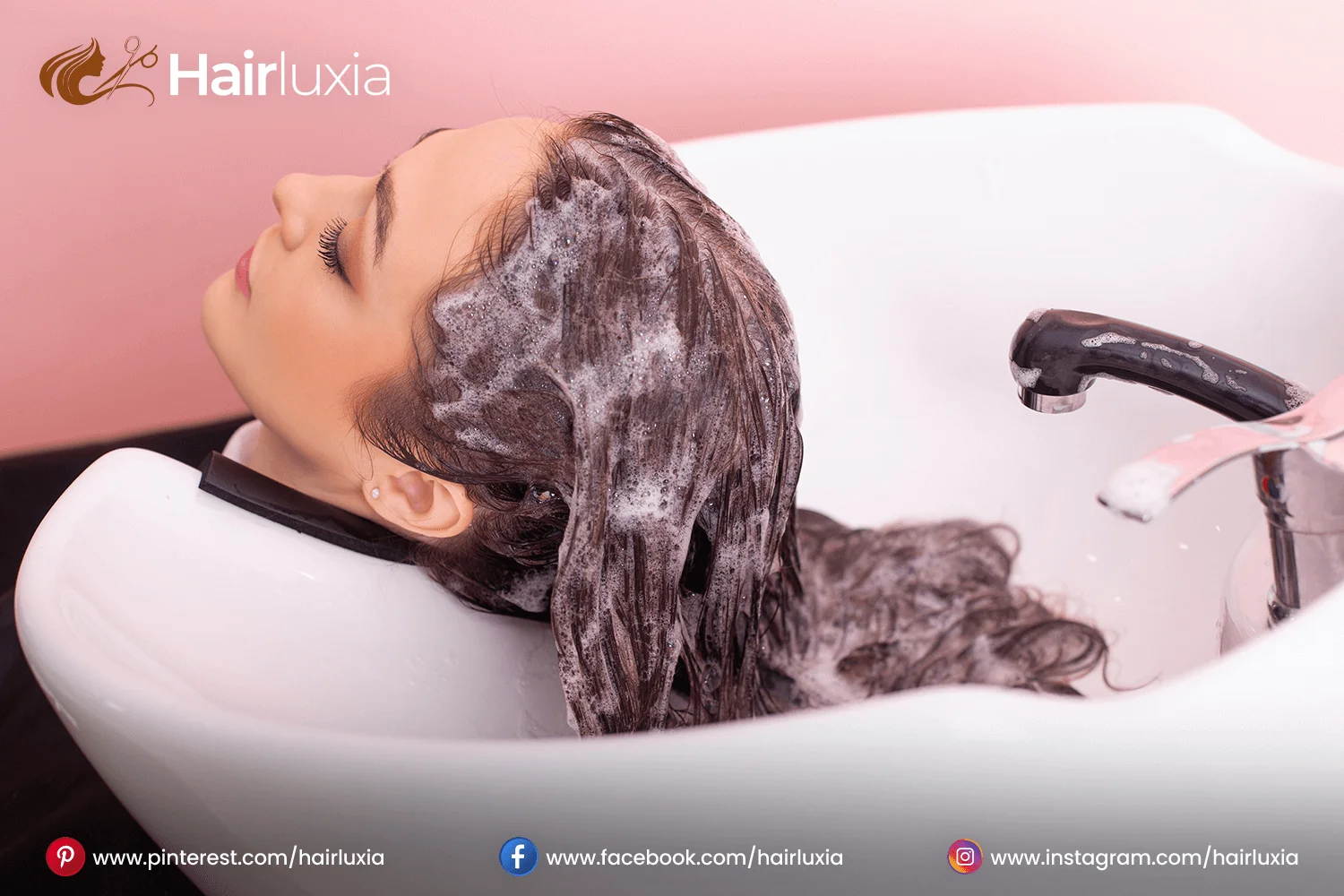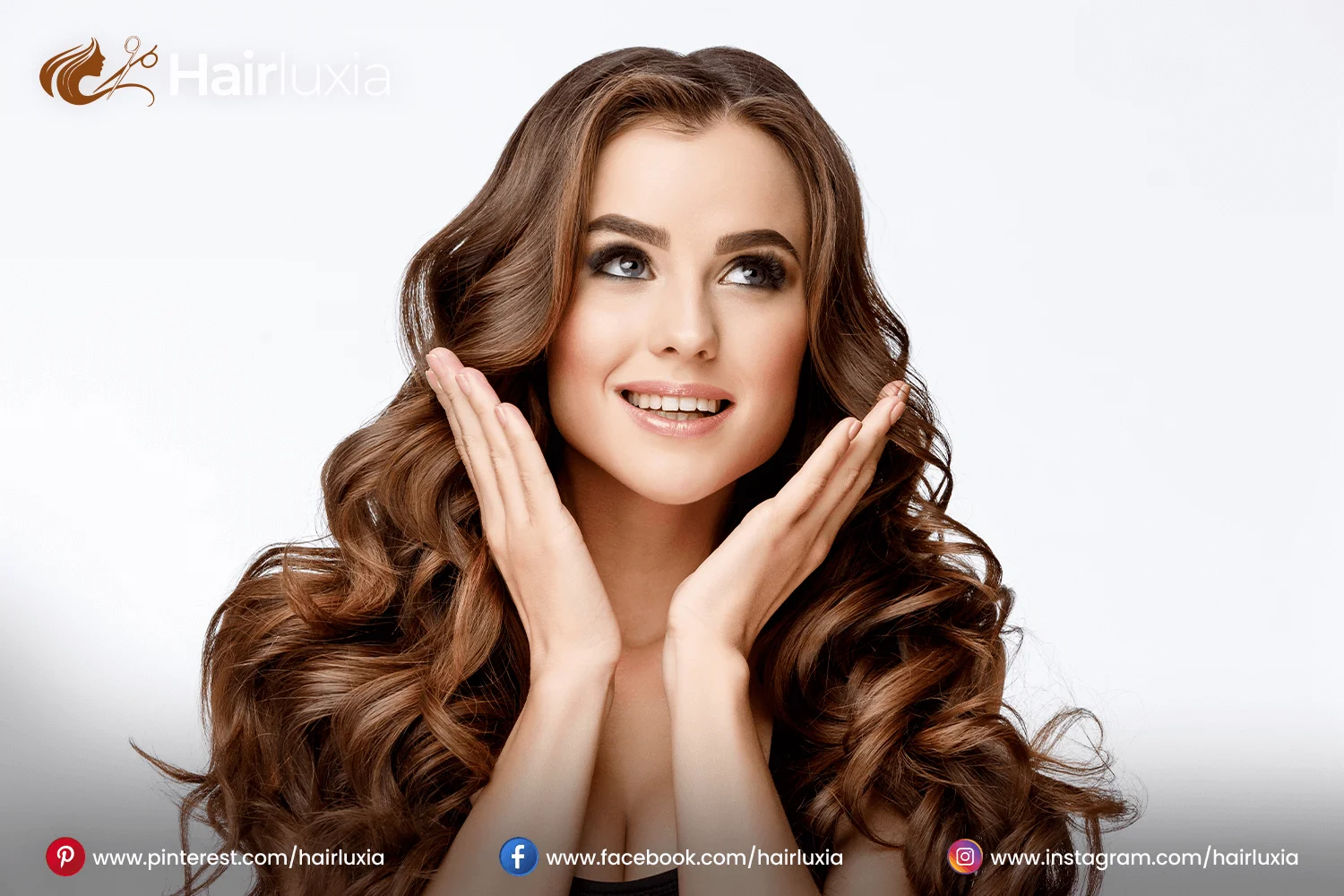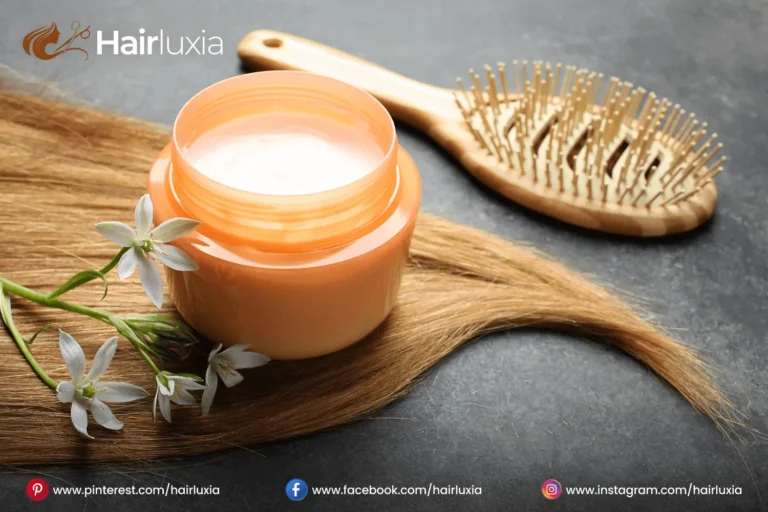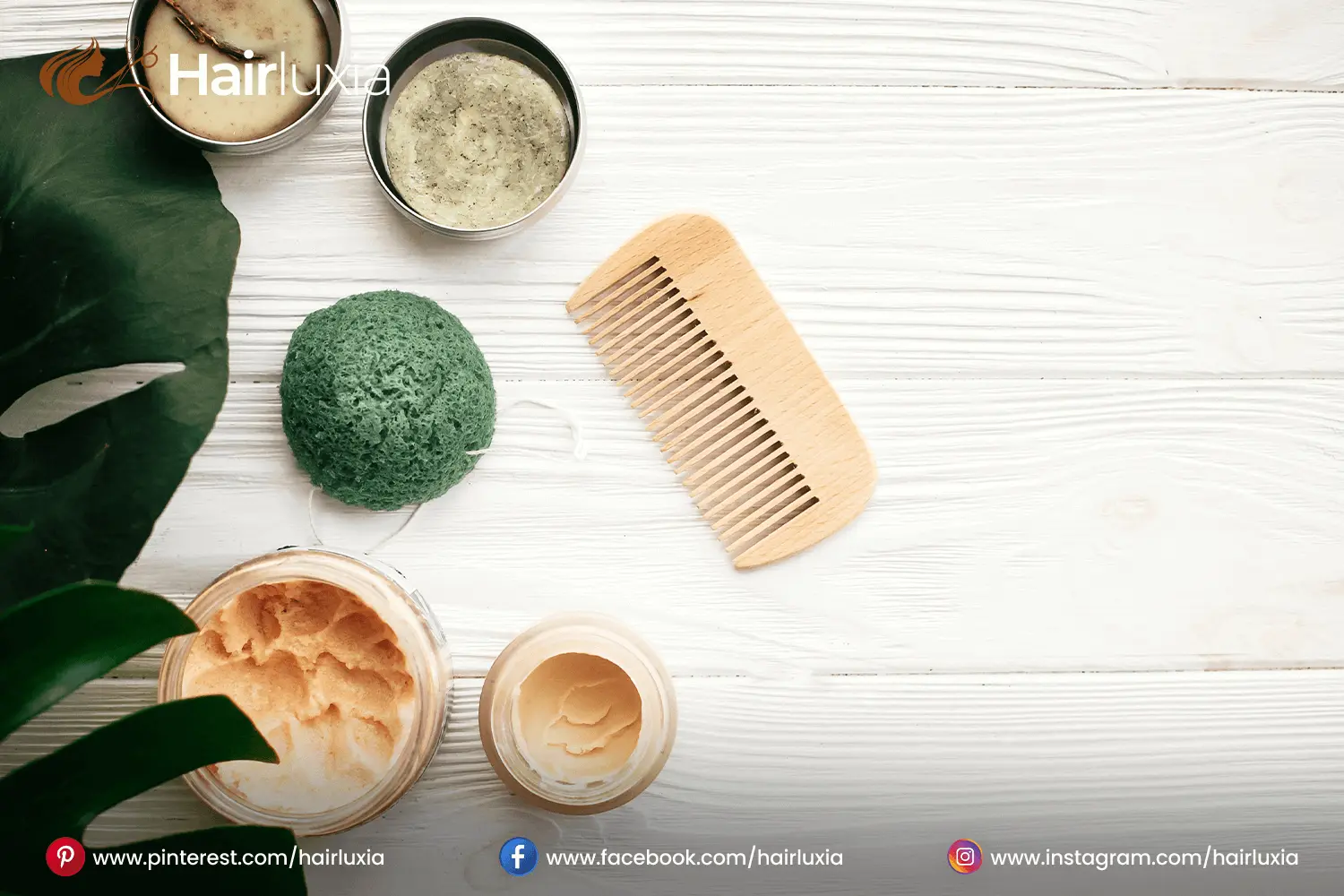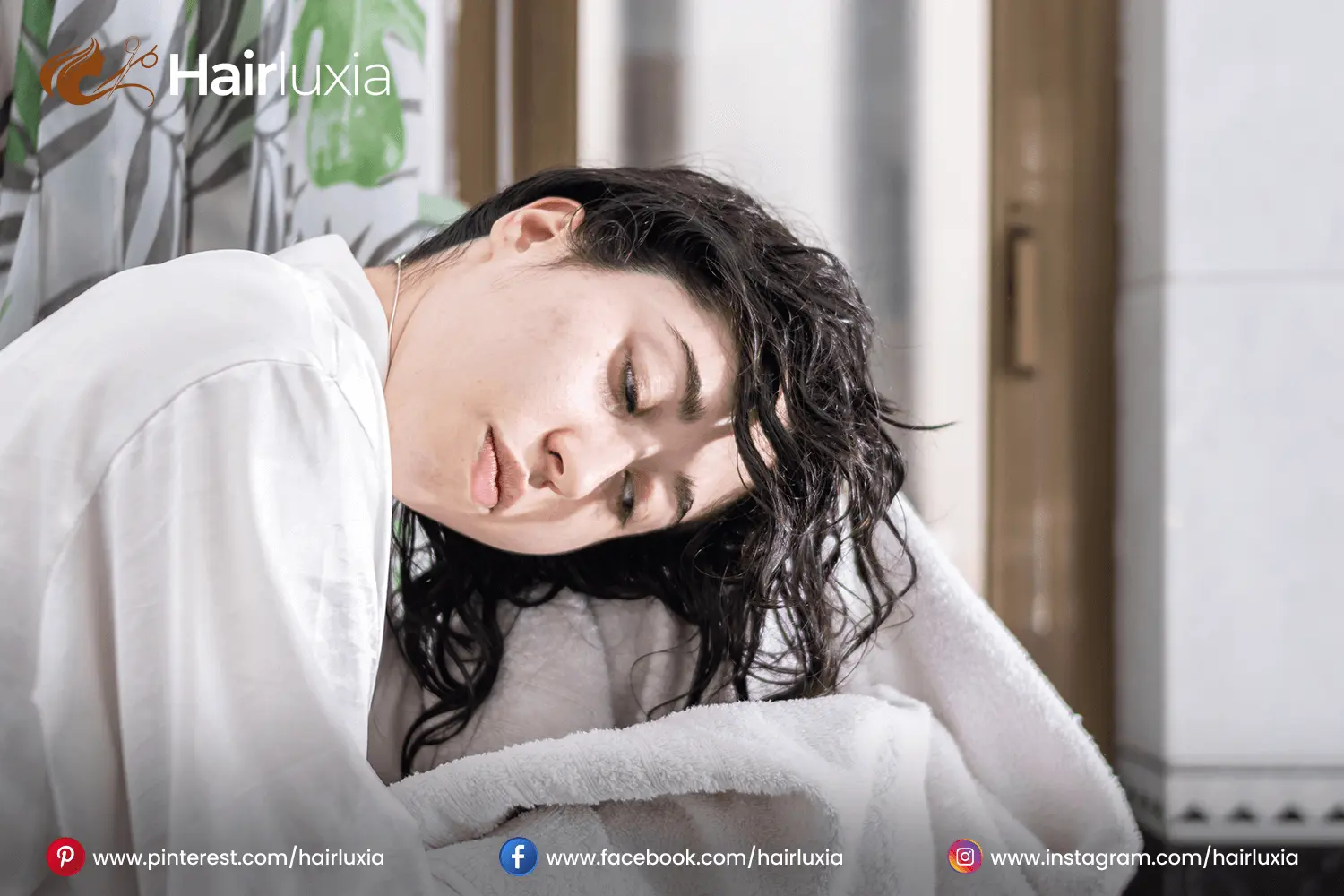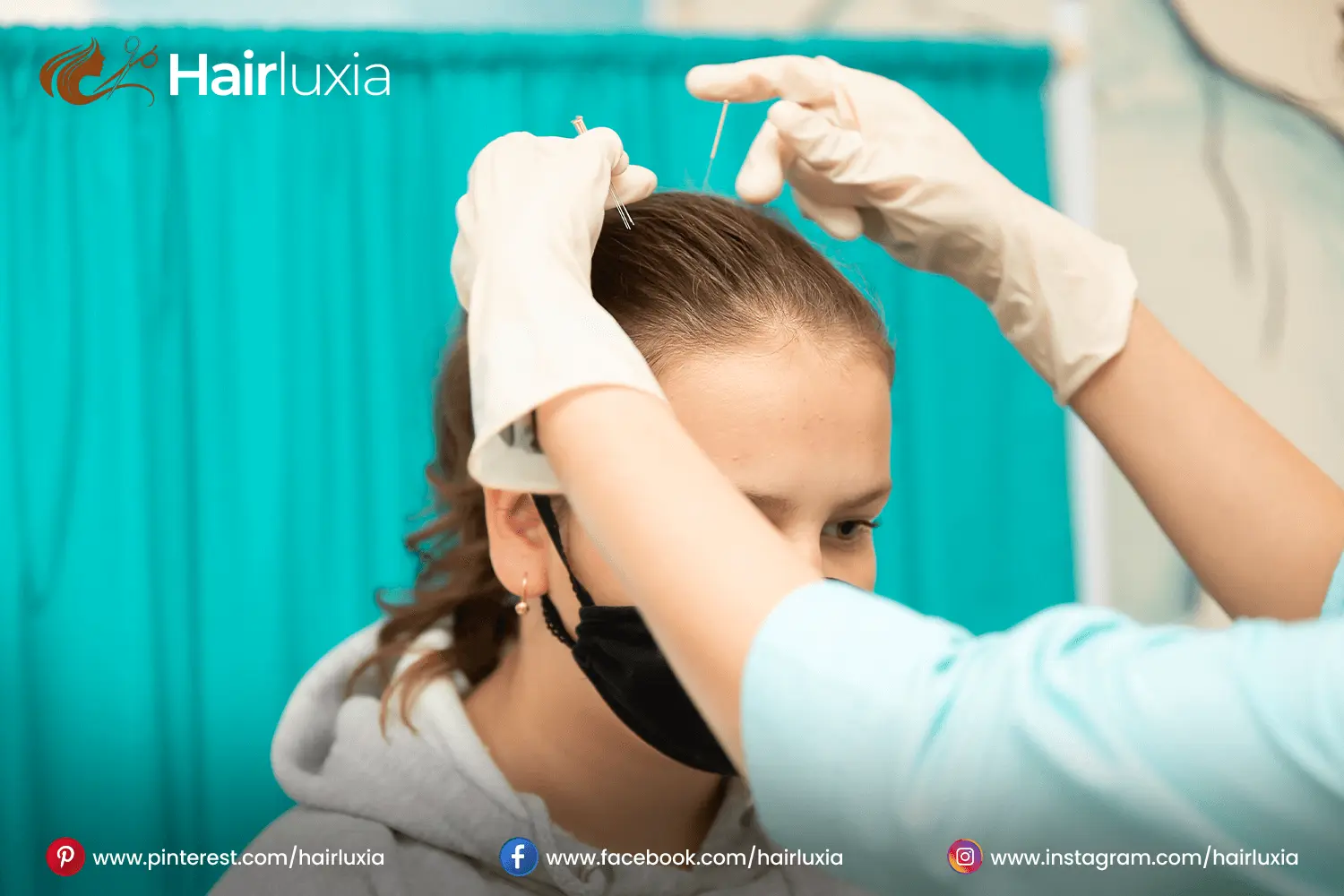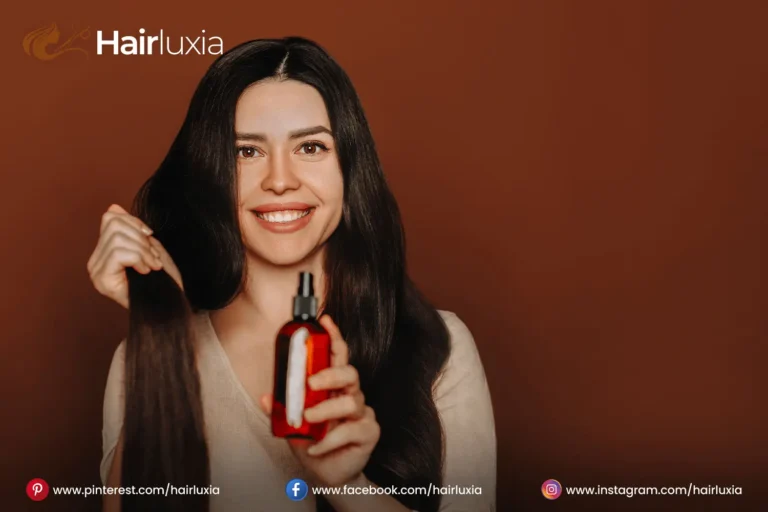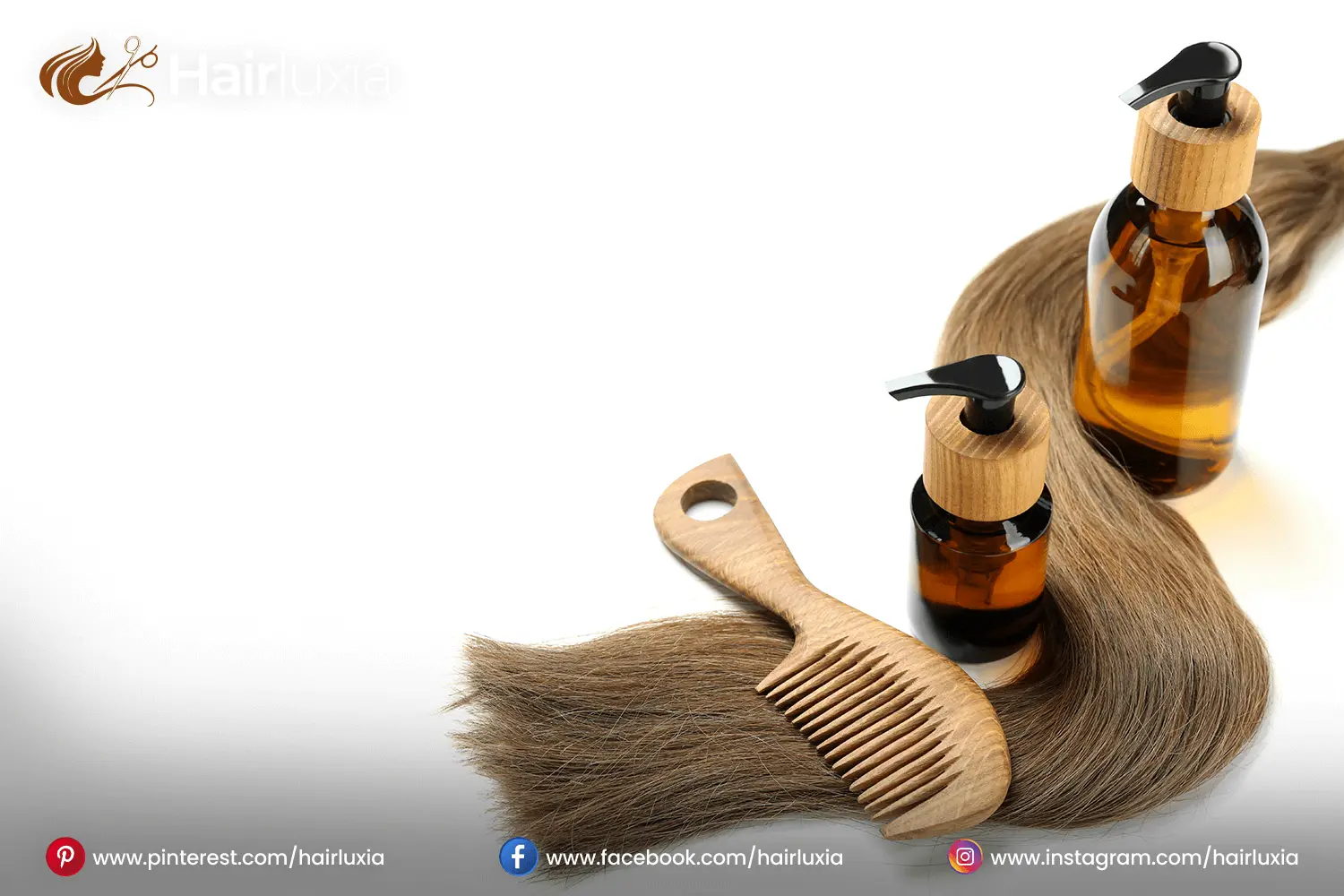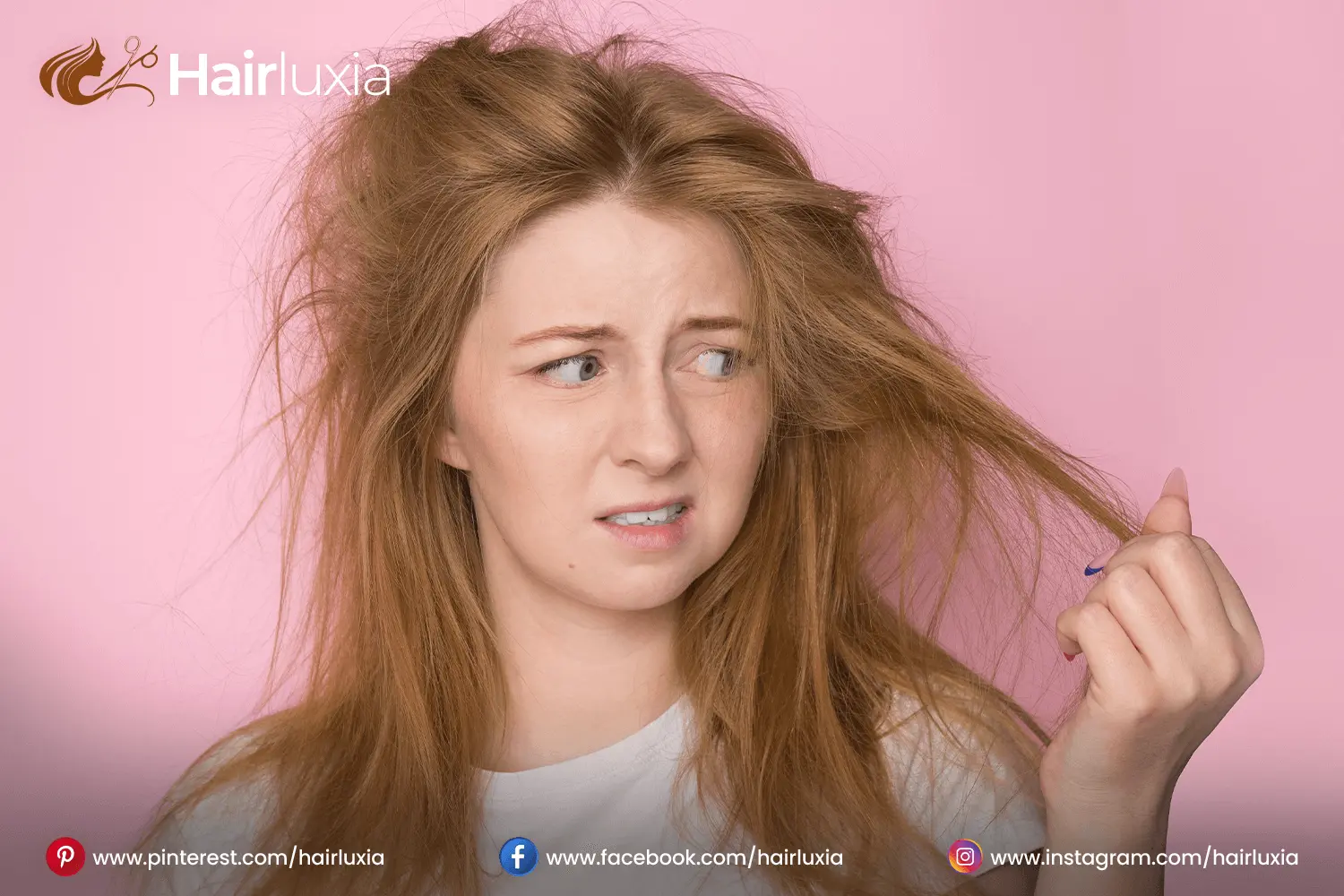Hair Oil How to use
The way hair oiling developed as part of beauty customs in many cultures for a thousand years back, a treasured substance that made hair shiny and healthy. Choosing the right kind of hair oil and the most effective method in applying it has long been an intimidating procedure because of the various types being offered.
But thanks to the revival of hair oiling-often named some sort of ancient beauty ritual that moisturizes, nourishes, and promotes hair growth-happily mastering the styles of oils like jojoba, coconut, rapeseed, and argon can really make a lot of difference in the hair care routine.
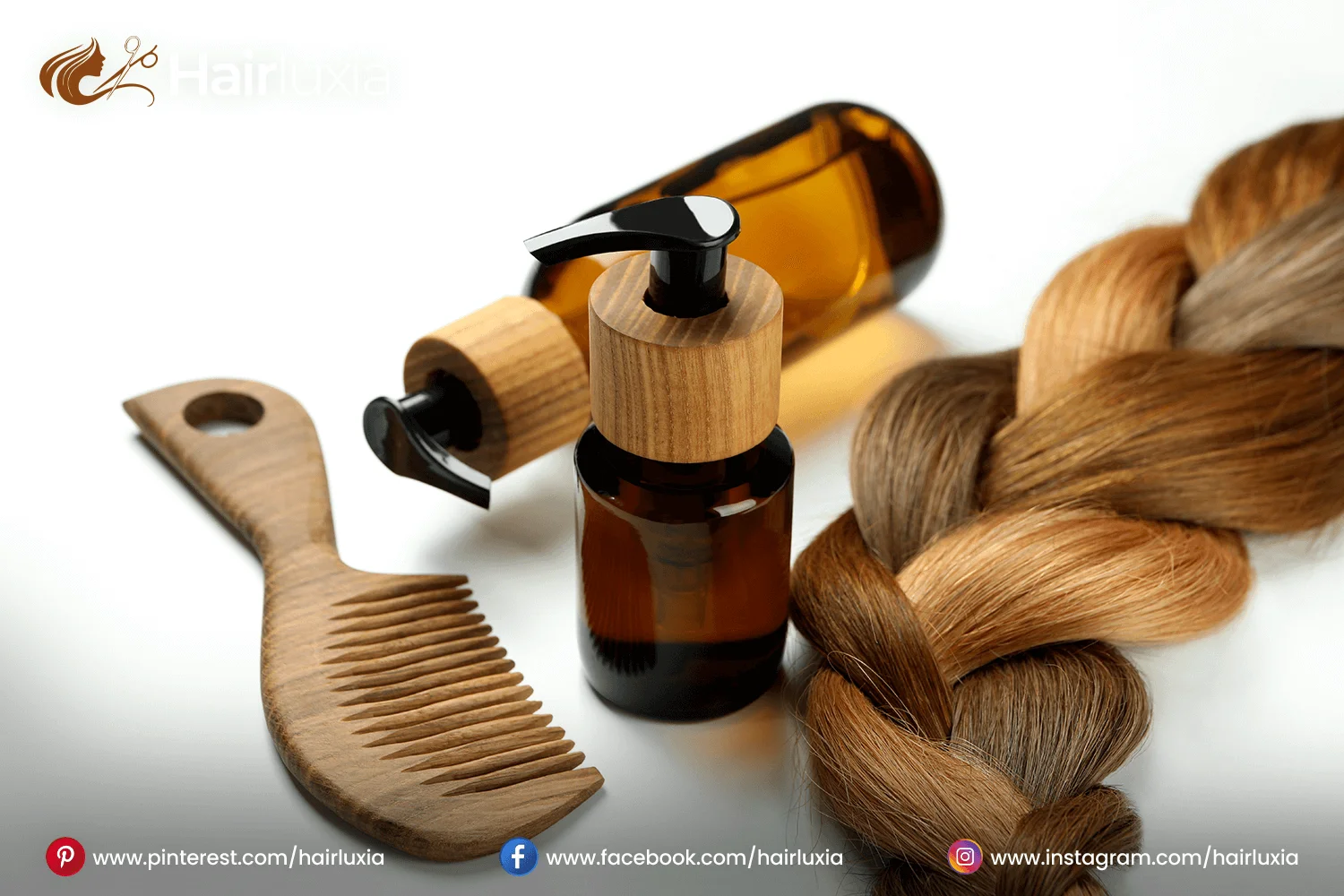
This is an elaborate companion that takes you through the world of hair oils: operating ways, benefits of the different types, and tips for best results.
Best Hair Oils Products in Market
There are a large number of hair oils available in the market, and all these oils will help people multi-dimensionally regarding their hair.
For instance, Argon oil has been valued for so long because it hydrates hair and gives an improved shine. Coconut oil penetrates deep into the hair shaft making hair less likely to lose its proteins thus preventing breakage, especially on curly or coarse hair. Jojoba oil also can serve to regulate the oil in the scalp, relieving dryness, whereas castor oil causes hair growth and removes dandruff.
Almond oil gives vitamin B7-enriched hair flexibility strength, and the antibacterial properties of tea tree oil help fight dandruff and soothe irritations on the scalp. Such oils may be customized for the specific needs of hair-care, whether it is moisturizing, lengthening, or even well-being for the scalp.
Select the right oil for your hair
This right kind of hair oil suited to your specific type of hair can be essential in getting proper results as it doesn’t go the same way for all oils. Profiles of fatty acids, vitamins, and antioxidants contained in each oil differ; thus, determining its performance for your hair.

For Dry Hair
Dry hair is essentially brittle. It neither shines nor loses knots on its ends and breaks readily. This is because it lacks moisture and natural oils needed to maintain your hair moist and shiny. Here are some oils for dry hair.
Avocado oil
Avocado oil is abundant in monounsaturated fats, B and E vitamins, as well as minerals like magnesium. These nutritive elements are excellent for moistening and promotion of hair elasticity, hence suitable for dry and fragile hair.
Shea butter oil
Shea butter is an extremely nourishing hydrating agent for dry and rough textures of hair. Its rich, creamy texture helps nourish the hair as well as scalp, providing moisturizing and prevention of further dryness for longer periods.
Almond oil
Almond oil gives vitamin B7-enriched hair flexibility strength, and the antibacterial properties. Besides, it has smoothing properties and helps smoothen frizz giving shine to hair.
Fine or oily hair types
Argon Oil
Argon oil is believed to be “liquid gold.” It is a light oil that contains essential fatty acids, antioxidants, and vitamin E. Moisturizes, shields from heat damage, and does not leave any greasy or heavy feeling on hair. It works wonders for those whose hair is frizz-prone and fine or curly.
Jojoba Oil
Jojoba oil is very similar to the natural oils the scalp produces. This oil is so light and non-greasy, and it really absorbs well in hair; it’s very wonderful for thin or oily hair because most of the heavy oils weigh on your hair or add volume. It moisturizes and shines but doesn’t clog pores or cause build-up.
Coconut oil
Coconut oil penetrates well into the hair shaft; it fortifies it without any loss of protein. Chances are that it would be a great oil for dry or damaged curly hair which dries pretty quickly. Caution: Coconut is heavy in essence; one needs to use it very cautiously on fine hair.
Rapeseed oil
Rapeseed oil is light and full of antioxidants as well as vitamin E, which is absolutely perfect for fine to curly hair because it does moisturize it and keeps the frizz from spreading out of control. It protects against heat damage due to the formation of a protective shield.
These oils maintain moisturized fine or curly hair, hence preventing breakage caused by environmental damages and therefore make them healthy in a holistic sense without weighing it.
For Curly or textured hair
Castor Oil
Castor oil is said to be an inducer of hair growth and works really well for curly or textured hair, since its thickness and moisture retention capacity ensures the proper sealing of moisture, especially if one has high porosity curls where moisture tends to get lost quickly.
Shea Butter Oil
is so targeted for even very curly or tightly coiled hair, and its common amongst type 3c to 4c hair suffers horribly from dryness and shrinkage; causes extreme miniaturization that will help curls in need of hydration beyond core curl maintenance as well as help fight frizz.
Baobab Oil
Rich with all the most vital vitamins A, D, E, and F, Baobab oil is excellent at restoring the elasticity and bounce to the curled hair. It restores curls by adding moisture and providing much-needed strength. Lightweight, Baobab oil can be applied to curl hair daily without weighing it down or making it oily.
How to oil your hair
With the right oil chosen, learn how to apply it to your hair for full benefits. Here are different methods following what you will prefer for your hair .
Pre-wash treatment
Before the wash, you’d apply a sort of oil to your hair to moisturize, protect, or repair it to prevent drying up. Pre-treatment methods are usually done right before hair washing to deal with problems related to dryness, frizz, or damage and will come in handy for the improvement of the manageability of your hair, both before and after washing.
How to Apply
Mix the oil and apply it to dry hair. Be sure all the places are covered and have your sections of hair, applying oil from roots to tips, ensuring every strand is covered for a more effective case. To gain more significant results, let the oil stay in your hair for at least 30 minutes. In order to gain a stronger remedy, allow the oil to stay overnight.
Apply it on your hair, and whenever you need to remove it, use a mild shampoo that can wash totally out of the impurities without giving any residue behind.
Post-wash Hair Treatment
It is also a hair treatment post-wash that nourishes the health and appearance of your hair after shampooing and conditioning. Some of the easiest, most effective ways can be an application of light oils such as argon or jojoba oil to seal moisture in and produce a sleek finish with a shiny finish.
How to Apply
After shampooing, you may use some oil and brush the middle and end sections. Just a little will do as too much oil makes your hair look too shiny or greasy. Now massage the oil into your hair by scrunching and smoothing it into your locks. This is particularly good for curly hair; it defines curls and minimizes frizz.
Overnight Hair Treatment
Intensive nourishment while you sleep Deep hydration and repair occur with the help of an overnight oil treatment. A few drops of oil or a blend of hydrating oils before bedtime can work its magic in terms of nourishment, while you sleep. This type is highly recommended for dry, damaged, or frizzy hair types.
How to Use
Apply the oil either to dry or damp hair, massage it well till all roots to tips are covered, and leave your hair gauzed with the silk scarf or a sleep cap so that the pillow remains stain-free. In the morning, wash off the oil with a sulfate-free shampoo, and you would be relieved to see silky, well-hydrated hair .
Thermal protection treatment
Using oil you can get an insulating film: hair can be protected from heat; it can save its health and shine. Oils are a layer which creates a screen for hair from heat, reducing moisture loss. However, different oils protect better from the influence of heat. The most common light ones are: argan, coconut, jojoba, and rapeseed oils.
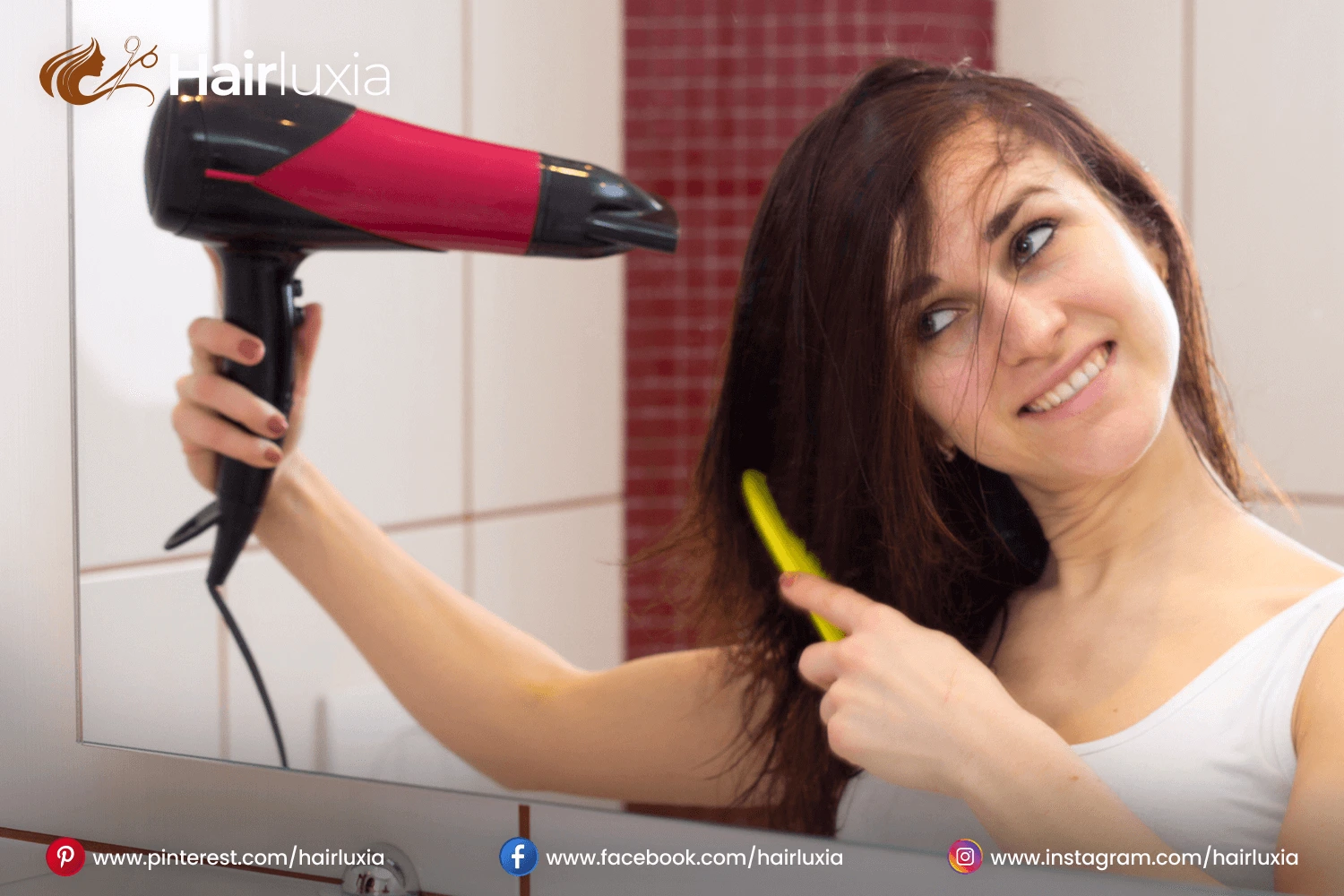
How to apply
Generally it is best to apply oil when your hair is wet. This is also an excellent opportunity to add some to your regular styling products for added protection. More effective if used sparingly, around 1-2 teaspoons depending on how long and thick your hair is, in case there is oiliness that will follow; it would better to add less and top off as needed. Work the oil between your palms and apply from mid-lengths to ends of hair, keeping it off the scalp to avoid any greasy look for an even spread.
Some tips and techniques
Avoid roots : When applied after the wash, make sure the oil reaches the mid-lengths and ends of the hair and not your scalp to keep it from becoming greasy.
- Just a little of it: to begin with, you might need a small quantity of it. Use little and then gradually adjust to taste
- Warming oil slightly: possibly assist in deeper penetration especially for thicker canvases from coconut or castor oil.
- Thickness counts: it will only appear as a long-term visible result such as very strong, brilliant hair when the hair is oily regularly (pre-shower or double wash day).
- Knitter to your routine: Acclimatize the quantum and type of oil you use according to the season, your hair’s current condition, and any specific pretensions (like hair growth or ringlet control).
- Too much oil is also very likely to over liquify your hair, leaving it greasy and weighed down.
- You are performing an oil treatment and not washing it out dutifully, wash out all the oil completely without any residue to prevent accumulation.
- Remember also scalp health, as you massage the hair crown with oil, not forgetting that if the crown has a high case of unctuous nature, do not frequent using thick oils, like coconut.
Conclusion
Hair oil may be the addition to hair care practice that changes your life, and therefore the health and overall look of your hair. Therefore, it’s absolutely important to select the right oil for your type of hair and the purposes you’d want to achieve with it. There are actually quite a number of oils that can be put to use in moisturizing and nourishment or even hair growth purposes.
Getting familiar with how these oils have to be used will increase their benefit when applied on hair pre-shampoo, post-shampoo, or overnight. As mentioned above, consistency is the way to the top. Inculcation of usage as a habit in your daily routine will bring strong, shiny, and healthier hair after some time. Join this ancient beauty ritual and experience the steps of getting beautiful and healthy hair!
FAQ’s
1. What’s the best hair oil?
Coconut oil and argon oil usually top hair care lists because they moisturize, strengthen, and reduce frizz. Of course, the best would depend upon your hair type and kind.
2. Does oil dry out hair?
No. Oil does not dry hair but locks in moisture and hydrates it, though it may be drying if it is applied in excess or is inappropriate for your hair type.
3. What is the best technique of hair oiling?
Massage the oil into your scalp as well as hair length for maximum benefit. Leave it in for 1- 2 hours or overnight and wash with mild soap. Do this 1- 2 times a day again depending upon your conditions.
4. Can I use too rich of a hair oil?
Overuse of hair oil makes hair slithery, heavy, and pores in the crown get stuffed. But using a small amount of oil painting is suggested according to your hair type and need.

